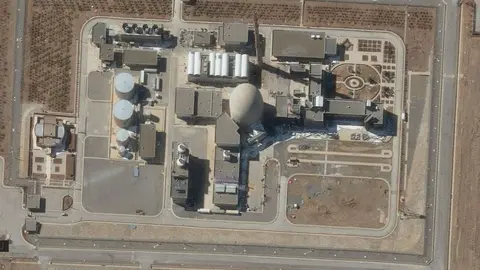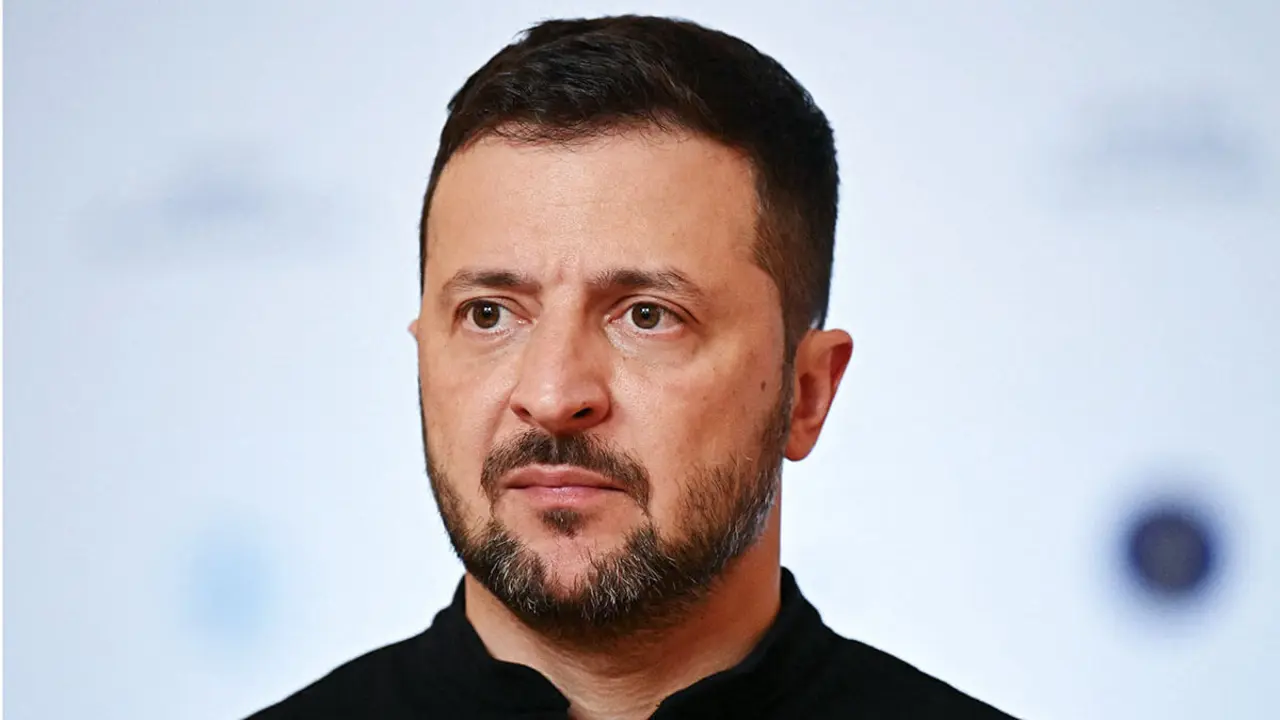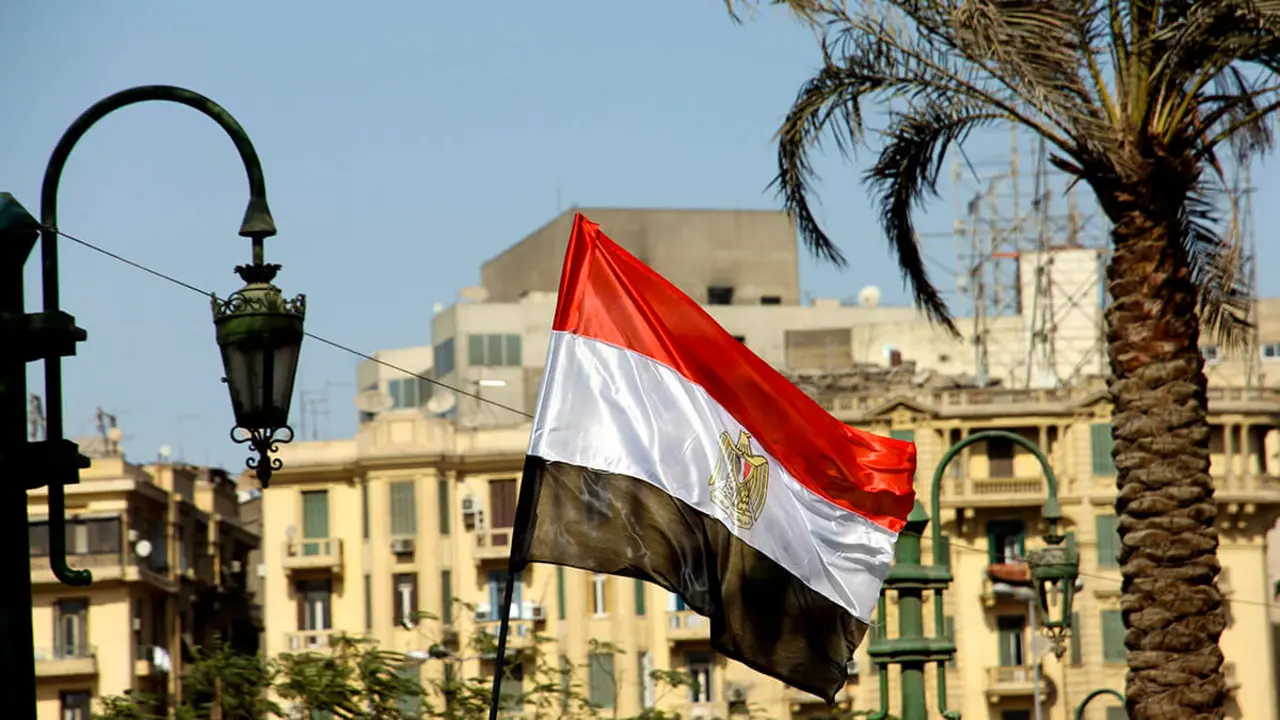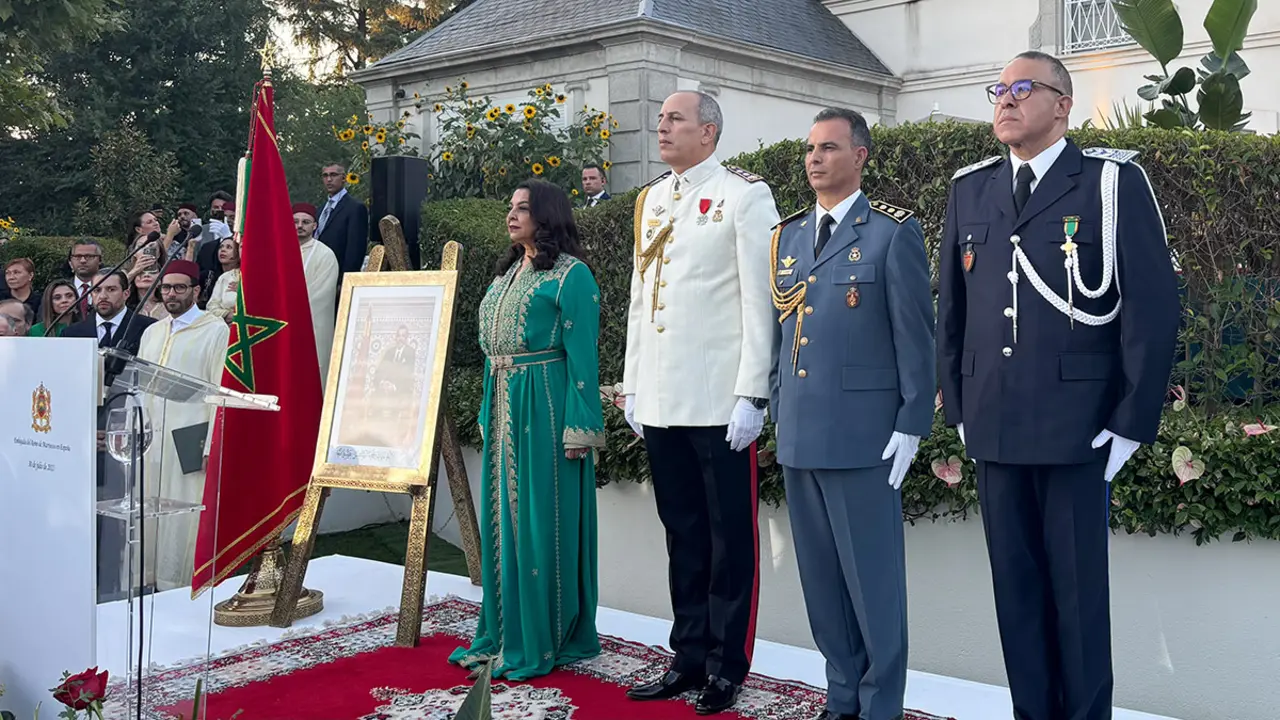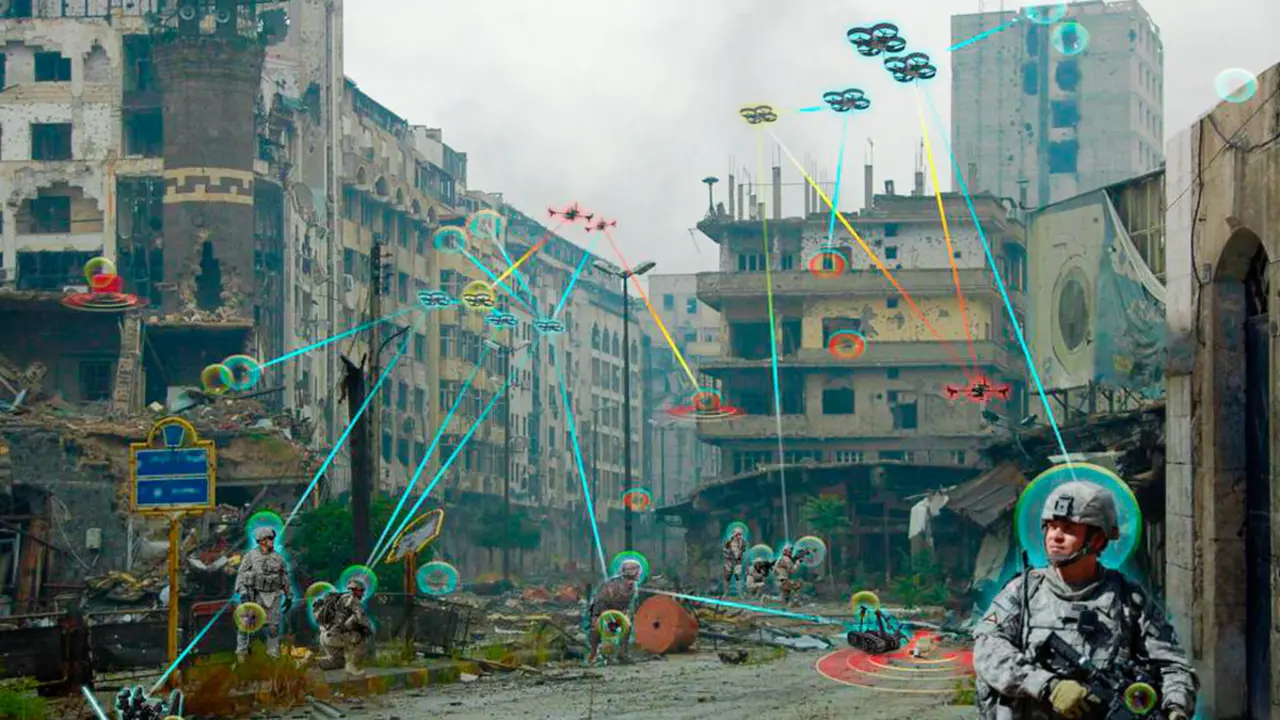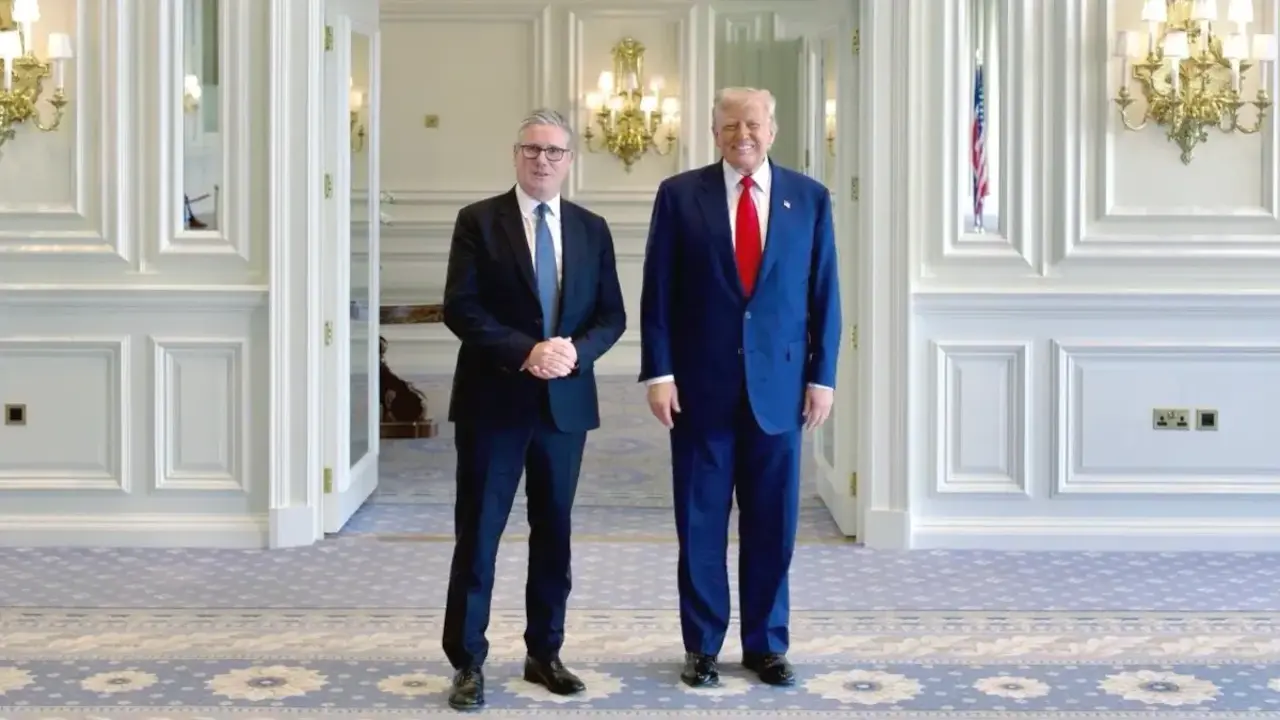Israel seeks to shape a new Middle East through its attacks on Iran

Israeli President Isaac Herzog said on Sunday that the Israeli attack on Iran is aimed at defending world peace and not just Israel, during a visit to the city of Bat Yam south of Tel Aviv, where several people were killed in an Iranian missile attack on Saturday night, adding: "Our goal is to change the reality in the Middle East. The evil empire cannot continue attack after attack and send its proxies, terrorists, and missiles, and of course, develop nuclear capabilities, which are the most dangerous capabilities threatening humanity."
He added that Israel is defending itself, but also defending the Middle East, humanity itself, and world peace, appealing to the leaders of the Group of Seven scheduled to meet in Canada on Monday, calling for cooperation with Tel Aviv to “eliminate Iranian nuclear weapons” so that the Middle East can move toward peace, dialogue, coexistence, and rapprochement.
Regional tensions have risen sharply since Israel launched a large-scale military offensive on Friday targeting Iranian nuclear facilities, military commanders, and energy infrastructure. Iran responded by firing waves of drones and missiles into Israeli territory.
The Israeli attacks on Iran do not appear to be merely tactical operations, but are likely part of a broader strategy aimed at reshaping the political and security landscape in the Middle East to serve the long-term interests of the Jewish state, whether by strengthening its status or undermining the influence of its opponents.
In general, it can be said that Israel always seeks to strengthen its security and status in the region, and the attacks against Iran, although they have direct objectives related to Tehran's nuclear program or military capabilities, fall within a broader Israeli vision to shape a “new Middle East” or at least significantly influence its dynamics.
Israel considers Iran to be the greatest threat to its security, whether because of its nuclear program, its support for regional powers such as Hezbollah, Hamas, and Iraqi and Yemeni factions, or its quest to extend its influence in the region. Sudden and sustained attacks are directly aimed at undermining these capabilities and influence.
Israel also seeks to weaken the “axis of resistance” led by Iran, which threatens its interests and those of its allies in the region. Before the recent attacks on Iran, it tested the capabilities of its proxies, especially Hezbollah, and succeeded in limiting their role and influence. It also tested Tehran's capabilities when it attacked the Lebanese Shiite group in the midst of the war to gauge the Islamic Republic's ability to respond.
But this time the attacks were more violent and more precise in a move that seems calculated on the basis of a plan that lasted only as long as it was planned during years of bombing of Hezbollah's media (Pager), the bombings that marked a turning point in the course of the war months ago.
It appears that Israel has succeeded in recent years in greater penetration of Iranian organs and the Iranian state,which allowed it to liquidate commanders in the front ranks of the Iranian Revolutionary Guard and the army, as preliminary estimates indicate the death of 14 high-ranking generals, including the commander of the Revolutionary Guard and the Chief of Staff, as well as Ali Shamkhani, advisor to Supreme Leader Ali Khamenei, which is a clear message to the leaders of the Iranian regime that there are no red lines in the liquidation of the regime's symbols and leaders and that Israel is capable of achieving any goal, even if it is Khamenei himself.
Through these attacks, Israel is sending a clear message to its opponents that it is ready and able to act tough to protect its interests, even inside Iranian territory. This enhances its deterrence capability.
At the same time, it seeks to change the rules of the game in the region by not recognizing any “red lines” or “safe zones” anywhere. This aims to create a new reality in which Israel can achieve strategic objectives anywhere it deems necessary.
There are reports that some Israeli officials see these attacks as a way to put pressure on the Iranian regime and perhaps increase the chances of its downfall or at least weaken it significantly from within. This falls within the framework of the “new Middle East” objectives, which may include demographic and geopolitical changes in the region.
The most prominent and frequent target of Israeli attacks remains preventing Iran from acquiring a nuclear weapon. Israel views this as an existential threat and maintains that it will not allow it at any cost.
The term “new Middle East” has been used in different contexts and often refers to a US-Israeli vision for reshaping the region in accordance with their interests. This vision includes weakening centralized states by dismantling the military capabilities of countries such as Iraq, Syria, and Iran.
Reforming identities by forming unique areas defined by religious and ethnic identities (such as the Yenon Plan) and strengthening Israeli hegemony by seeking to establish the Hebrew state as a regional superpower through normalization and strategic alliances.
Israeli attacks on Iran, especially if large-scale and targeting leaders and sensitive facilities, could lead to significant changes in the regional balance of power, paving the way for “new Middle East” scenarios. However, this process is complex and influenced by many internal factors in regional countries, the reactions of major powers, and the extent to which Israel

